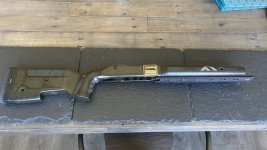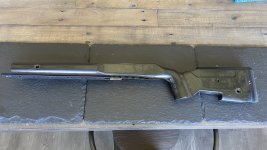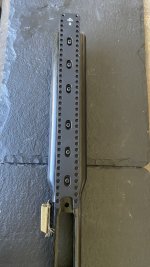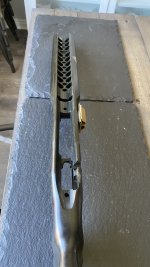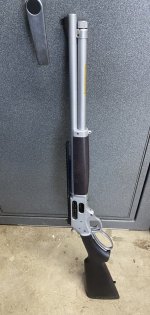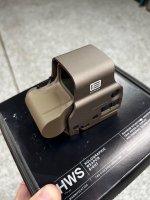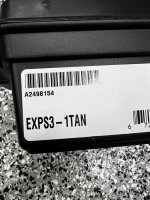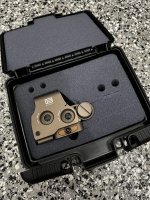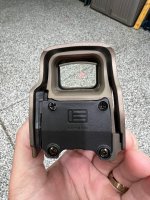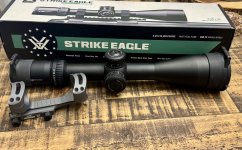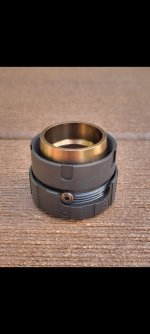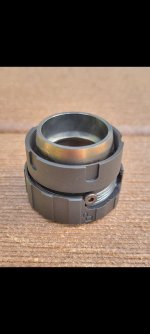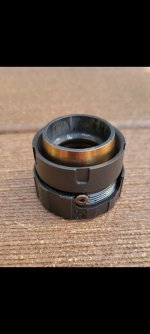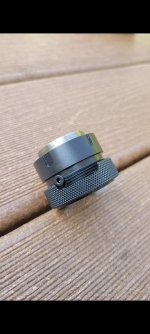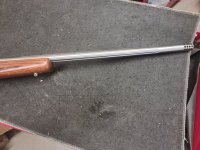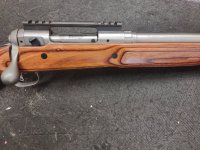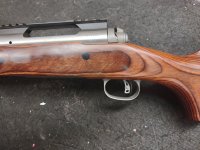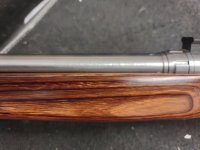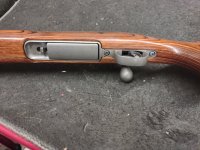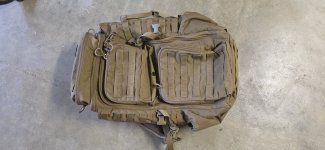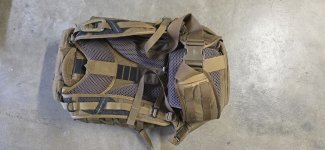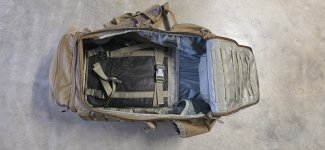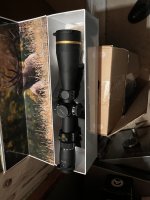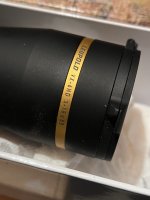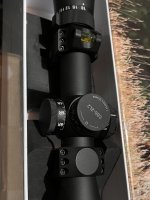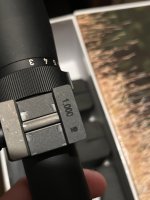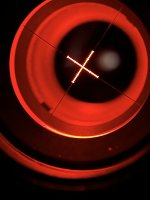SilencerCo Charlie ASR Mount
Gen 2 - Compatible with All Charlie Suppressors and All ASR Muzzle Devices
Gen 2 differences from Gen 1 are locking collar has lock and unlock emblems and a different texture.
3 For Sale
1 - New, No Packaging - $90 Shipped
1 - Barely Used, (used one time, some faint carbon on the taper piece, body has no visible signs of use) - $80 Shipped
1 - Gently Used, Excellent Condition (very slight tool marks from spanner wrench, only visible if you look closely, and slight carbon buildup on taper piece from a few uses) - $70 Shipped
Thanks for looking!
Buying Process:
For anyone new to the site, the buying process is all held within a private chat, as follows:
1) First click on the seller's username
2) Then click on Start Conversation
3) You then write a private message to the seller, include the item name you are interested in (since seller might have multiple items/listings) and quantity you would like to purchase
4) Seller will then provide payment method instructions and ask for your shipping address
5) Next you make payment and reply with your shipping address
6) Lastly, seller confirms that payment has been received, and provides shipping/tracking information
*NOTE* If instead the seller reaches out to you, VERIFY that it is the actual seller and not a scammer! Make sure their username matches the listing's, and verify that their feedback score matches the one on the listing.
-I usually ship within 2 business days (often the same day). If I'm out of town for a long weekend and cannot ship within the 2 days I will let you know. Thanks again!

